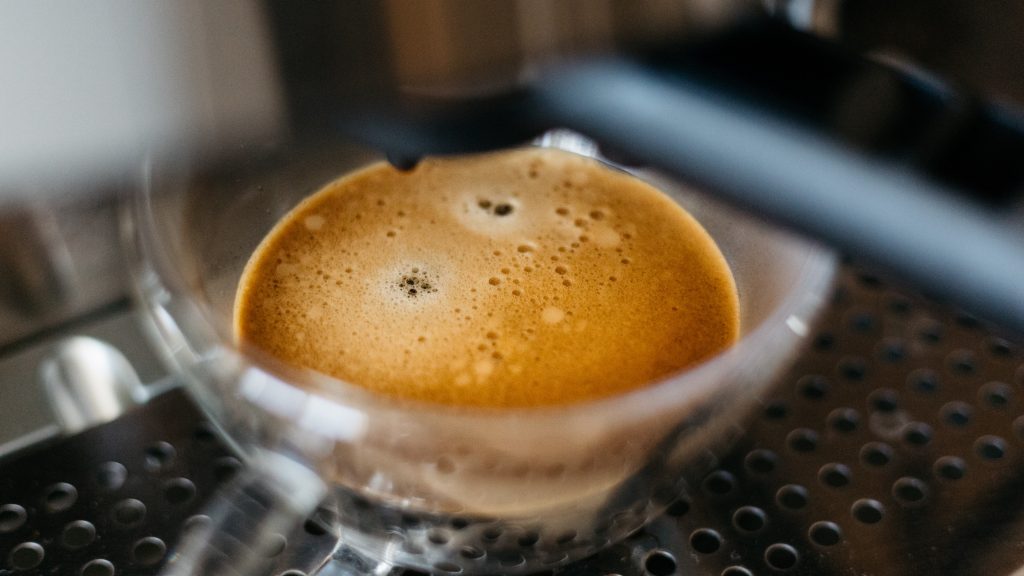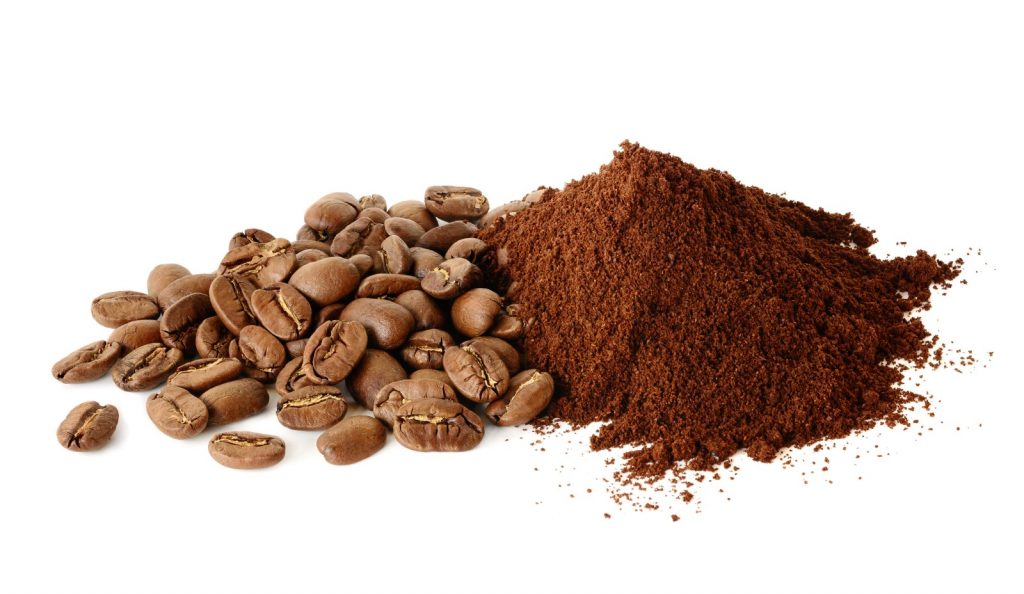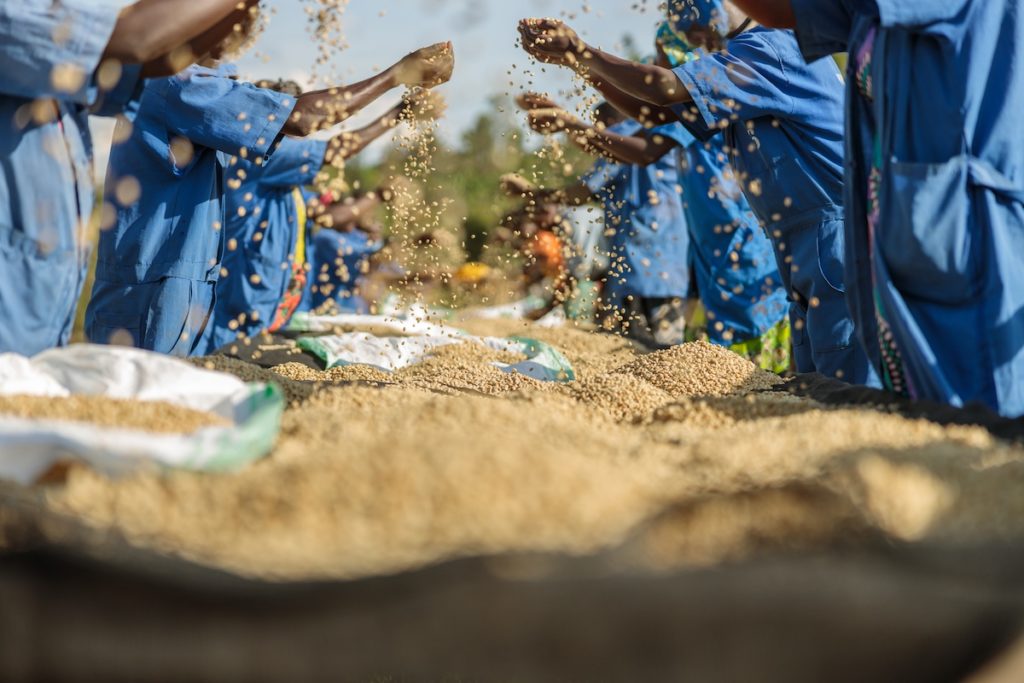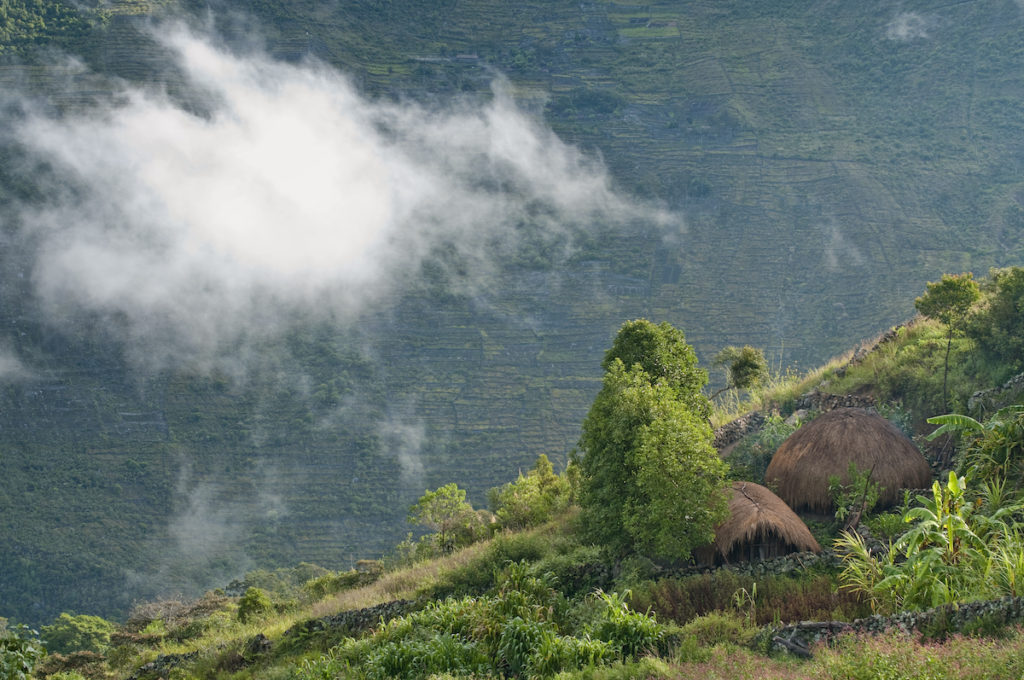Have you discovered and tasted the rewards of home roasting coffee beans yet? Remember, identifying and developing your preferred coffee flavor profile takes time and patience. An important step in this process is degassing your coffee beans. When you purchase roasted coffee beans from your local cafe or grocery store, the bag usually has a degassing valve. However, if you are buying freshly roasted coffee beans from your local roaster or you roast your own coffee at home, you most likely will need to degas the beans on your own.
Before we begin exploring the degassing process, it is helpful to review the coffee roasting process as it relates to gases.
So, Are There Gases In Coffee Beans?
In short, the answer is yes. During the roasting process, gases form within the coffee beans. These gases are primarily made up of carbon dioxide. In fact, carbon dioxide makes up approximately 90% of the gas released. The remaining 10% is comprised of nitrogen, other gases, and volatile compounds.
You may be wondering how carbon dioxide and other gases end up in the coffee beans in the first place.
A study has shown the Maillard reaction plays an important role in the formation of carbon dioxide during the roasting process. The build-up of the carbon dioxide and other gases is what results in the first crack during the roasting process. As the roasting process continues, some of the gases are released, particularly during the last phase.
Despite this initial release of gases, the majority still remains in the coffee after roasting is complete. This is why home roasters and those who purchase locally roasted beans need to degas their freshly roasted coffee.
Learn more about the Science of Coffee Roasting.
What Does it Mean to Degas Your Coffee?
Degassing your coffee simply means that you are allowing the beans to release the remaining gases after roasting.
As the beans are removed from the roaster, gases continue to escape. Initially, the gases dissipate more rapidly, but over time the rate significantly decreases. It is estimated that 40% of the carbon dioxide is released within the first 24 hours after roasting. Most of the gas escapes within the first few days after roasting is complete. However, it can continue up to around a couple of weeks.
However, the objective of degassing your coffee is not to have all the gases disappear. The carbon dioxide serves as a barrier of sorts, blocking out oxygen. When the carbon dioxide is released from the coffee beans, it is replaced with oxygen. This process is known as oxidation and eventually will result in stale coffee over time.
The key is to degas your coffee for an optimal length of time. This will take some practice as it depends on a variety of factors, which we will review.
I’m Eager to Brew My Coffee. Is Degassing Really That Important?
Yes, if your goal is to brew flavorful coffee.
If coffee is not properly degassed before grinding, small bubbles will appear during the brewing process. This is because the carbon dioxide repels water. The result is uneven flavor extraction and ultimately coffee with a less than optimal flavor and profile. Some have described the taste as sour.
Taking the time to degas your coffee properly allows the hot water to extract the aromatics and oils from the grinds. It will be worth the wait in flavor.

To release any remaining carbon dioxide, you can allow your coffee to bloom before brewing. Bloom your coffee grinds by dampening them with a small amount of hot water for a couple of minutes. The hot water will release additional carbon dioxide before you commence with the full brewing process.

It is worth noting there are differing opinions on the foam layer produced by remaining gases. This is specifically as it relates to espresso. On a freshly brewed espresso shot, the foam layer is called crema. The tan-colored (some describe as reddish-brown) crema exits the espresso machine first. It then settles at the top once the brewing process is complete.
For some, a perfect espresso shot includes the right amount of crema. They find that crema gives espresso a fuller flavor and a longer aftertaste relative to drip coffee. On the other hand, too much of it will ruin the espresso’s flavor.
Others find the crema to be overrated and unnecessary. Some experts believe crema can indicate freshness or degree of roast. However, they don’t think it is directly correlated to the espresso’s taste.
Now you have a better understanding of the process.
The Next Step is Learning the Things to Consider When Degassing Your Next Batch of Home Roasted Coffee Beans.
1. Studies Have Shown the Roast Level can serve as an Indicator to the Carbon Dioxide Level in Roasted Coffee Beans.
Darker Roasts were shown to have a higher level of residual carbon dioxide relative to lighter roasts. Residual carbon dioxide is the gas remaining after the roasting process is complete.
2. With Roast Levels Constant, Studies Have Shown that the Speed of Roasting Affects Degassing Rates of Roasted Coffee Beans.
Coffee beans roasted more quickly at a higher temperature tend to degas at a higher rate. This is relative to coffee beans, with the same roast level, that are roasted at a lower temperature over a longer period of time.

3. Grinding Accelerates the Degassing of Coffee.
Grinding the roasted coffee beans results in a higher rate of degassing. One study found a degassing rate as high as 73% within minutes after grinding. This rate compares the carbon dioxide level immediately prior to grinding to the level minutes after.
The grind size plays a factor in the degassing rate. The study showed the finer the grind size, the higher the rate of degassing.
Prevent carbon dioxide from being released too quickly as it will compromise the fresh taste of your coffee. Protect the freshness by minimizing the time between grinding and brewing your coffee.
Make sure you select an optimal grinder for your home roasted coffee beans.
- Find a variety of high-quality coffee grinders available for purchase with free shipping and one pound of premium green coffee beans included.
4. Several Other Factors Can Have An Effect on Optimal Degassing Time for Coffee.
In addition to roast levels, the optimal degassing time will depend on several things. These include harvesting techniques, processing method, bean size, and your planned brewing method.
For example, natural (dry) processed coffee beans have been found to take longer to degas than washed beans. With natural processing, the fruit is not removed until the drying process is complete. On the other hand, washed coffee beans have their fruits removed before they are dried.
As previously mentioned, darker roast coffees were found to have a higher level of residual carbon dioxide.
- Try Burman Coffee’s 3-pound Dark Bundle for a selection of three green coffee bean varieties perfect for dark roast.
However, despite having a lower level, lighter roasts need more time to degas compared to darker roasts. This is because lighter roast beans haven’t broken down as much as darker roasts. Therefore, they degas at a slower rate. The longer roasting time of darker roasts results in more tiny cracks from where the carbon dioxide is released. More of these cracks results in a higher rate of degassing.
Learn more about the differences between light and dark roast coffee beans.

Brewing method also plays a factor in how long you should degas your coffee. The following is a rough guideline on degassing times based on your planned brewing method:
- Espresso machine: 1-2 weeks
- Pour over/filter: 2-7 days
- Aeropress: 2-7 days
- French Press: 2 days
5. Proper Roasted Coffee Bean Storage Will Help With Degassing.
Storing your home roasted coffee beans in proper containers will ensure they are degassing while preventing oxidation.
An ideal coffee bean storage container has a degassing valve. This one-way valve will allow carbon dioxide to be released. The degassing valve also prevents oxygen from entering the container. The carbon dioxide escapes slowly through the degassing valve- it helps push out the oxygen helping the roasted beans from becoming stale. There are other attributes to look for in coffee storage containers including light and moisture protection.
Remember, a small level of carbon dioxide is ideal. It prevents the coffee beans from becoming stale or oxidizing.
There are storage containers that build up pressure to minimize the amount of carbon dioxide that escapes. Increased pressure in the container creates an environment that promotes proper aging.
Vacuum packing has been a popular way to protect roasted coffee beans from light, moisture, and oxygen. However, without a degassing valve, it requires the beans to be completely degassed before storage. Doing so sacrifices much of the aroma and flavor brought on by the aging process of the roasted beans.
- Check out these storage bags with degassing valves to store your home-roasted coffee beans. They are available in a few different sizes.
Degassing coffee is one of several important steps in the home roasting process. To learn more about the home roasting process, visit Burman Coffee Traders’s Coffee Learning Center.




Have been roasting at home for about a year and a half now. The degassing is one thing I don’t know that I have a good idea about regarding how much time to let that happen. The rule of thumb Ive heard many times is 12 – 24 hours. I’ve been contemplating letting it rest longer: maybe up to 48 hours. Any comments? I let my post- roast/ pre- container coffee sit in aluminum colladers which I assume lets enough air pass thru. I also stir the beans every few hours. Anything to add? Thanks, Bruce Hill
I’ve just roasted my first few batches at home. I purchased some of the 12oz bags with the flush filter on them that allows carbon dioxide out, but no oxygen in. They sat for about 56hrs. From the little that I’ve read this is how you should de-gas the beans. I use the pour over method.
Thanks for the question, Bruce. That rule of thumb is a good one. Longer degassing leads to less acidity and more mild flavors, but eventually turns the coffee stale. We often enjoy the experience of comparing a fresh, bright, day-old roast to a significantly gentler milder cup 5 days later. In general, beyond 1-2 weeks it will be noticeably flattened and lackluster, but anywhere between there may be good, it just depends on the beans and your personal preferences. Experiment and enjoy!!
Hi Bill. I’m a coffee roaster with 8 years of roasting experience. I recommend no less than 48-72 hours minimum. Optimal peak flavor is 10-12 days after roasting.
I’ve been roasting for a few months. Usually dark roast. Use pour over method. I spread my cooled beans on a plate for a day to degas before storage. Learned from coffee shop years ago value of blooming. I’m noticing the amount of gas given off (decreasing) as beans become older. Looking for optimum roasted bean age. (I like Bruce’s idea to degas in colander, which I use to initially cool after roasting.)
Great article….
I’ve been roasting my own green beans about a month. I’ve fund that fresher the roast the more crema and deep flavors. Now, right after roasting I use different oil for flavor such as almond oil or hazelnut oil for the beans and then I storage it for few days for degassing and time for the roasted beans to absorb the oil. I think oiling the beans slows down the degassing and preserves some of the degassing for texture and freshness. I preserve the roasted and oiled beans for 4 days prior to use but I taste the freshness of the beans when preserved for 24-48 hours. Huge difference! Believe the grinding process will speed up the degassing process, which then it is perfect to use right away! 24 hours after roasting has been a perfect timing for use.
I have tried many timings after roast and I find 24-48 the best for freshness and flavorful. Of course depending to the type of beans and roasting process. I use organic 100% Arabica grown 4600 feet above sea level.
The best coffee latte/espresso I have ever had because of its mild but deep flavorful.
what is oiling, never tried that?